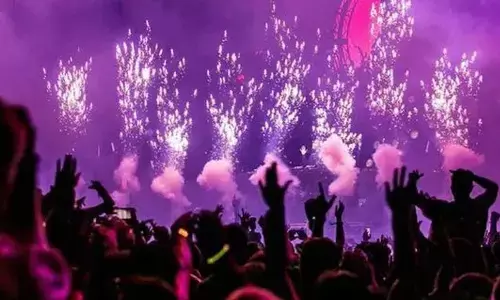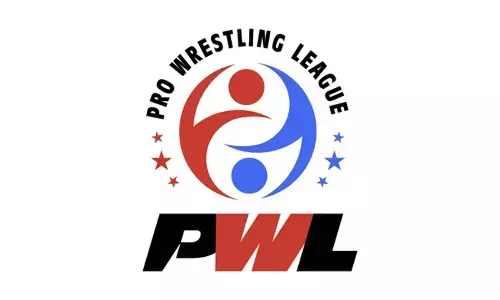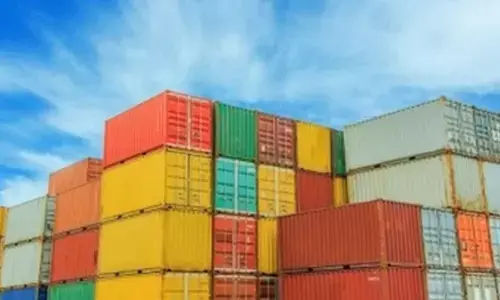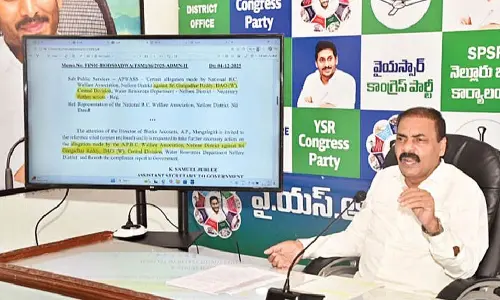Learn about soil layers

You may know that the Earth is made of several layers and that the outer layer is called the crust Soil is the very top layer of the crust It is important for life on earth because it allows plants to grow, which people and animals depend on Think for a moment about your clothes, the food you eat, and the house you live in
You may know that the Earth is made of several layers and that the outer layer is called the crust. Soil is the very top layer of the crust. It is important for life on earth because it allows plants to grow, which people and animals depend on. Think for a moment about your clothes, the food you eat, and the house you live in.
It’s very likely that the clothes you’re wearing (natural plant fibers like cotton), the furniture inside your home (wood), the food you eat (plants plus animals that ate plants), the dishes you use to eat (ceramic), and the materials used to build your house (lumber) were produced thanks to soil. Some organisms even rely on soil itself for food!
Soil is divided into layers called horizons. The soil becomes more dense and hard as the layers get deeper. Soil horizons are caused by processes like decomposition (organic materials broken down into soil) and eluviation (water moving materials through the soil).
The first horizon is the organic layer, which we label “O.” Organic matter such as dead leaves, plants, insects, and even animals make up this layer. All these dead things break down and are gradually mixed into the next horizon where plant roots can put the nutrients to use. This soil tends to be very dark brown or even black in color, thanks to all the nutrients from the organic materials, and is called humus (say: HUE-muhs).
The second horizon is labeled “A” and is known as topsoil. This is the layer that plants thrive in. Here you will find plant roots, earthworms, and lots of tiny bugs that love life in the soil. The texture of topsoil is light and airy compared to the deeper layers. The color is usually still pretty dark, though lighter than the organic layer above it.
Below the topsoil, we find subsoil, horizon “B” with heavier soil (often clay) and fewer nutrients. It is rich in minerals, which sometimes turn the soil a different color (like red or orange) because of oxidation (a chemical reaction when a metal like iron or aluminum comes into contact with water and oxygen; the same process that causes rust!).
Below that is horizon “C” which is mostly rock. This layer can be called parent material, bedrock, or regolith, because it is what remains of the rock and other substances that formed the layers above it. Substances in this layer can have a range of textures, from shapeable clay to large rocks, plus other smaller particles filling in the spaces between larger ones. Because it contains mostly rock, this layer is usually the lightest in color.
















